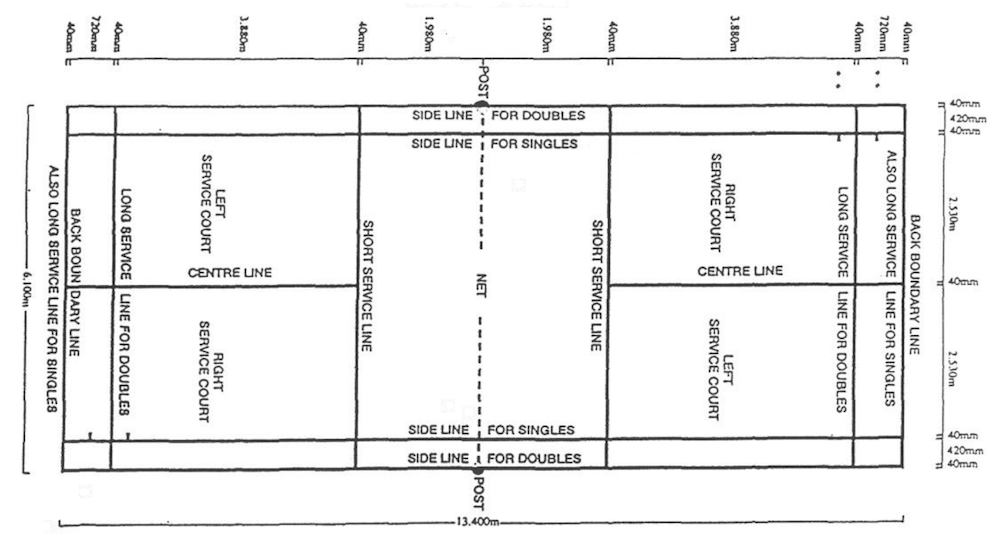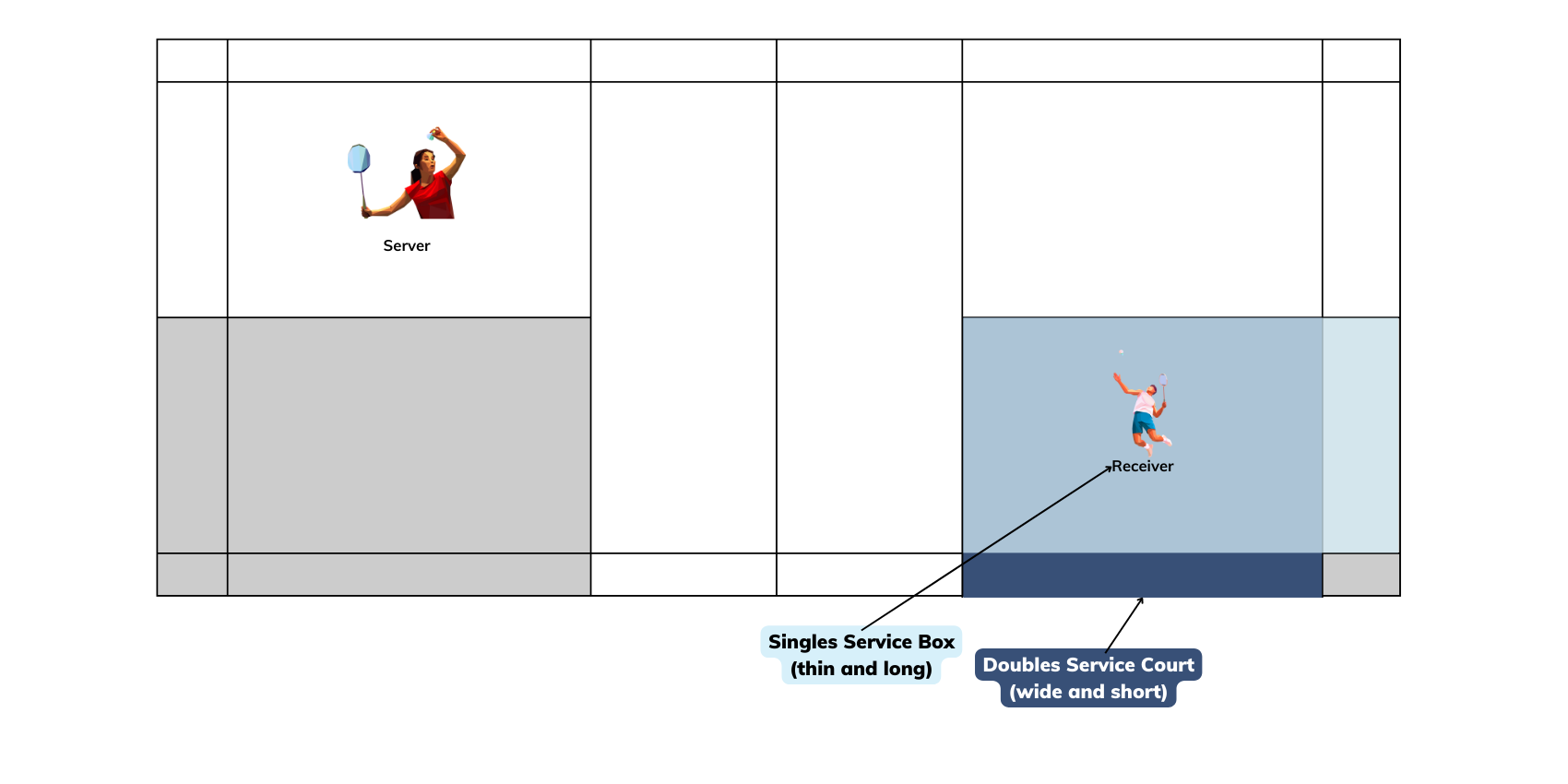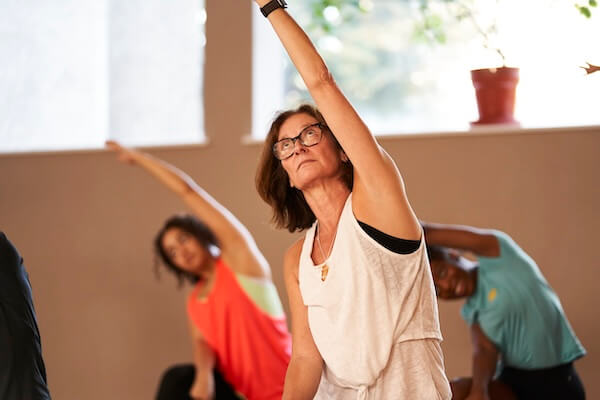
Mastering the game of badminton involves not only honing one's
skills on the court but also understanding the rules and nuances that govern this exhilarating sport.
From serving techniques to court boundaries, scoring systems to
faults, badminton encompasses a range of regulations that define
the gameplay. Whether you're a novice eager to learn the basics or
a seasoned player seeking clarifications, this comprehensive FAQ
guide aims to unravel the intricacies of badminton, offering
concise and practical answers to common queries.

Q: How do I determine where to serve and receive in singles play?
In singles, when the server has not scored or has scored an even number of points, they serve from their right service court. If the server has scored an odd number of points, they serve from the left service court.
Q: When does your service end in badminton?
In badminton, your service ends when any of the following scenarios occur:
-
Failure to serve the shuttlecock within the service court boundaries.
-
The shuttlecock touches the net and fails to go over it into the opponent's court during service (a "let" is called, and the server gets another attempt).
-
The shuttlecock lands outside the proper service court boundaries.
-
The shuttlecock is struck by the receiver or the receiver's partner before it crosses the net.
-
The rally is won by the opponent, resulting in the loss of the point. If you're the server, this means your service concludes, and the opponent becomes the new server for the next rally.
Remember, in both singles and doubles, the server continues serving until they commit a fault, and the rally is lost, after which the service switches to the opponent.
Q: When do you switch sides in badminton?
If the server wins the point, they score a point and continue to serve from the alternate service court. If the receiver wins the point, they score a point and become the new server.
Q: What is a "let" in badminton?
A "let" is a call made to halt play in a badminton match. It allows for the replay of a point without the point counting towards the score. It is called under specific circumstances outlined in the rules.
Q: When can a "let" be called in a badminton match?
A "let" can be called if:
- The server serves before the receiver is ready.
- Both the receiver and the server commit a fault during service.
- After the service is returned, the shuttlecock gets caught on the net and remains suspended on its top or is caught in the net.
- The shuttle disintegrates, and its base completely separates from the rest of the shuttle.
- Play is disrupted or a player from the opposing side is distracted by a coach (as per the umpire's judgment).
- A line judge is unable to make a decision due to being unsighted, and the umpire can't decide.
- Any unforeseen or accidental situation occurs during play.
In badminton, scoring works as follows:
- A match typically consists of the best of three games.
- To win a game, a side must be the first to score 21 points, except under specific conditions.
- A point is awarded to a side when they win a rally. This happens if the opposing side commits a ‘fault’ or if the shuttle touches the surface of the opponent’s court, ceasing to be in play.
- If the score reaches 20-all, the side that gains a two-point lead wins the game.
- There's a maximum score limit: if the score becomes 29-all, the side scoring the 30th point wins the game.
- The side that wins a game serves first in the subsequent game.
Q: What happens if you miss the shuttle during service?
If a player misses the shuttle during service in badminton, it
results in a fault. According to the rules:
- Once the players are ready and the service has started, the service is considered delivered when the shuttle is hit by the server’s racket or if, in attempting to serve, the server misses the shuttle.
- Missing the shuttle during service counts as a fault. This fault results in the opponent gaining a point, and the service goes to the opponent for the next rally.
Q: What are the conditions for a correct service in badminton?

A: A correct service involves several key rules:
- The server and receiver must stand within diagonally opposite service courts without touching the boundary lines.
- Both the server and receiver should maintain contact with the court surface in a stationary position until the service is delivered.
- The server’s racket must hit the base of the shuttle initially.
- The entire shuttle should be below 1.15 meters from the court surface at the moment of being hit by the server’s racket.
- The server’s racket movement should continue forward from the start until the service is delivered.
- The shuttle's flight should be upwards, passing over the net and landing within the receiver’s service court boundaries.
- The server must not miss the shuttle while attempting to serve.
Q: What happens if the shuttle during service touches the net?
If during the service in badminton, the shuttle touches the net
(but isn't caught or suspended on the net), the service continues,
and the rally remains in play. Normal service rules will
apply. If the shuttle goes over the net and lands in the
opponent's service court, then it is considered a valid service.
Q: What if a player or racquet touches the net during play?
If a player or their racket touches the net during play in
badminton, it results in a fault. As with any fault, the faulted
player loses the rally, and their opponent gains a point.
Eager to start playing?
Join us in discovering the ideal spots for badminton in Sydney and badminton in Melbourne!
Discover the world of badminton—a sport that combines agility, strategy, and exhilarating gameplay. Unleash your potential and reap the numerous benefits of playing badminton, from enhancing cardiovascular fitness to improving hand-eye coordination and fostering a sense of camaraderie.






